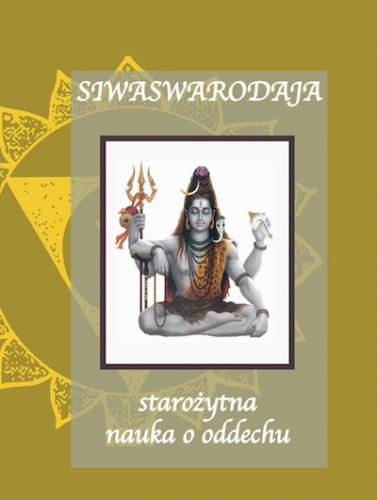 शिवस्वरोदय ः is a Sanskrit text on yoga translated into Polish. It focuses on the interconnection between the breath and the functioning of the human. Two breath flows – once more free through the right nostril, the other time through the left one, are related to the cycle of activity and quiescence of the vital functions. Svara-yoga, in other words, yoga of the stream of breath, is a description of how to interpret both types of breath, as well as how to control them. In addition, the book describes some other qualities of the breath. Proper breathing harmony combined with human activity, finds its reflection in efficiency at work and love, ensuring health and long life.
शिवस्वरोदय ः is a Sanskrit text on yoga translated into Polish. It focuses on the interconnection between the breath and the functioning of the human. Two breath flows – once more free through the right nostril, the other time through the left one, are related to the cycle of activity and quiescence of the vital functions. Svara-yoga, in other words, yoga of the stream of breath, is a description of how to interpret both types of breath, as well as how to control them. In addition, the book describes some other qualities of the breath. Proper breathing harmony combined with human activity, finds its reflection in efficiency at work and love, ensuring health and long life.